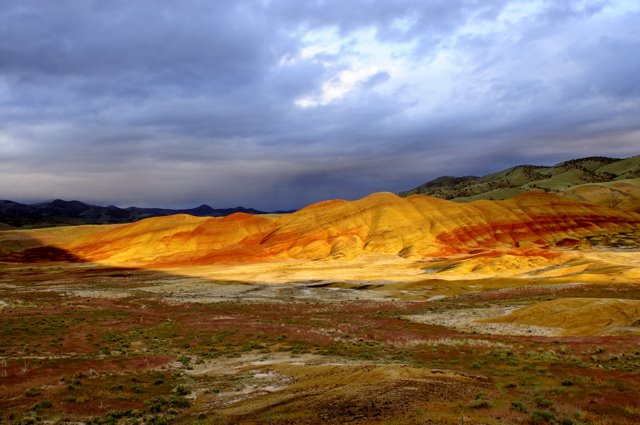 Even though we were experiencing some of the worst rain storms in memory down in southern California, with temperatures in the upper 30's and winds at 20 to 40mph, these little birds still come to the feeder.
Even though we were experiencing some of the worst rain storms in memory down in southern California, with temperatures in the upper 30's and winds at 20 to 40mph, these little birds still come to the feeder.Because the weather was so bad I had to stay under the porch roof to protect my camera and lenses. I could not get as close as I would have liked because the weather was so bad. I was using my Sigma 170-500 lens at full extension.
 Both images are of the same bird in different locations. It would fly up by the feeder and sit a the wire that once was a dog run, then sail across the yard to rest inside the protection of a bush at the edge of the yard. Now and then it would hop up to the top of the fence and then into the next yard for a little bit but it always came back.
Both images are of the same bird in different locations. It would fly up by the feeder and sit a the wire that once was a dog run, then sail across the yard to rest inside the protection of a bush at the edge of the yard. Now and then it would hop up to the top of the fence and then into the next yard for a little bit but it always came back.Because it was so dark from the clouds and rain I had to set the ISO up on my camera in order to increase my shutter speed adequately enough to catch this quick moving little model. I use a setting of 3200 ISO and set the aperture at f/8. I needed a little extra depth of field to allow for errors in focus since he was moving around all the time. My shutter speed varied from about 1/80 sec to 1/125 sec. Both these images were captured at 1/125 sec. I also cropped these images and enlarged them beyond 100% for this post.

